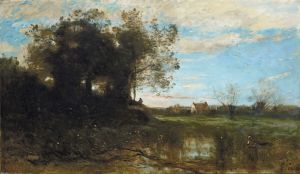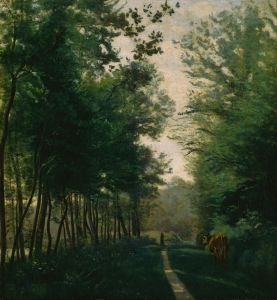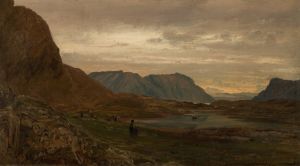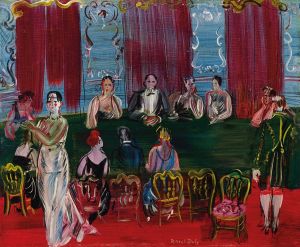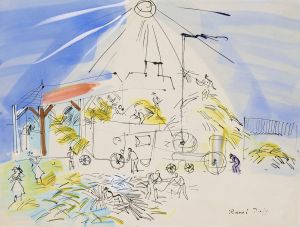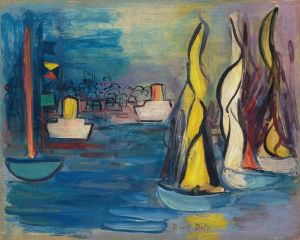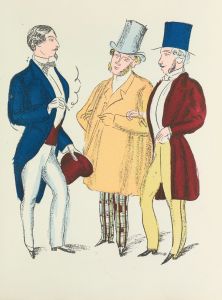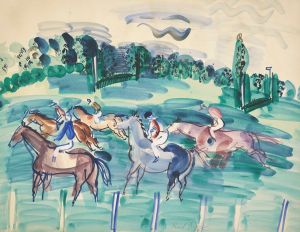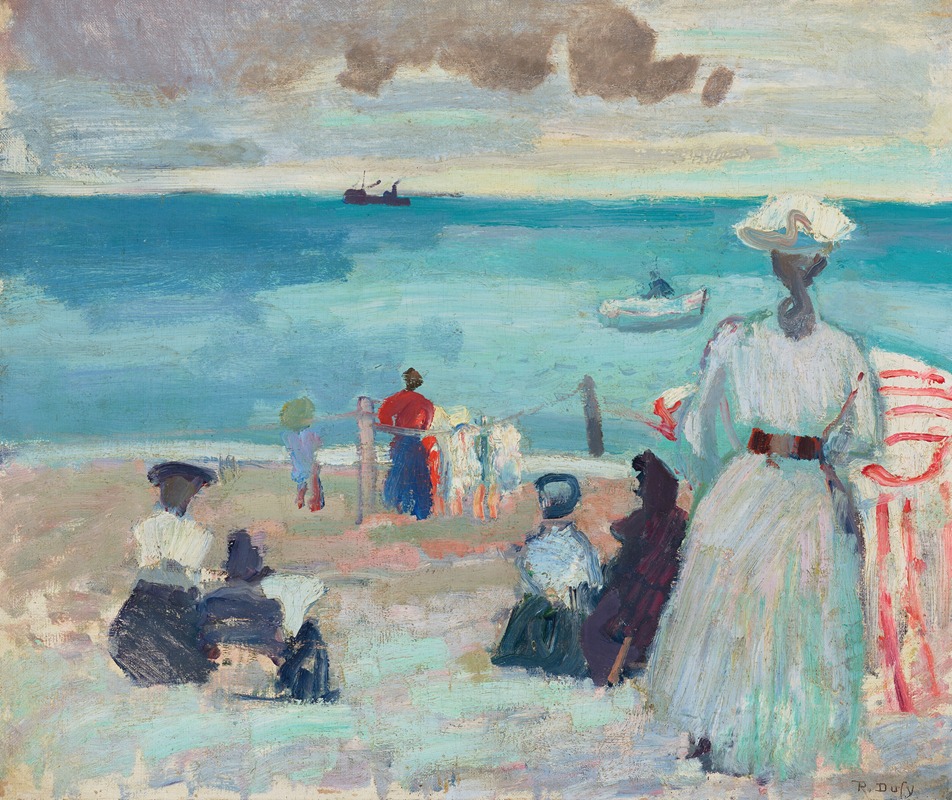
La Plage
A hand-painted replica of Raoul Dufy’s masterpiece La Plage, meticulously crafted by professional artists to capture the true essence of the original. Each piece is created with museum-quality canvas and rare mineral pigments, carefully painted by experienced artists with delicate brushstrokes and rich, layered colors to perfectly recreate the texture of the original artwork. Unlike machine-printed reproductions, this hand-painted version brings the painting to life, infused with the artist’s emotions and skill in every stroke. Whether for personal collection or home decoration, it instantly elevates the artistic atmosphere of any space.
Raoul Dufy, a prominent French Fauvist painter, is celebrated for his vibrant use of color and his depictions of leisure activities and landscapes. One of his notable works, "La Plage," exemplifies his distinctive style and thematic focus. Although specific details about the painting "La Plage" by Raoul Dufy are limited, we can explore the broader context of Dufy's work and his artistic approach to similar subjects.
Raoul Dufy was born on June 3, 1877, in Le Havre, France. He studied at the École des Beaux-Arts in Paris, where he was influenced by the Impressionists and later by the Fauvist movement, which emphasized bold colors and brushwork. Dufy developed a unique style characterized by a sense of joy and spontaneity, often capturing scenes of leisure and entertainment.
Dufy's fascination with beach scenes and coastal landscapes is evident in many of his works. He frequently depicted the French Riviera, capturing the vibrant atmosphere of seaside resorts. His paintings often feature lively compositions with figures enjoying leisure activities, set against the backdrop of the sea and sky. Dufy's use of color is particularly noteworthy; he employed bright, saturated hues to convey the warmth and energy of the scenes he depicted.
In "La Plage," Dufy likely employed his signature style to portray a beach scene filled with movement and life. His approach to composition often involved a dynamic arrangement of figures and objects, creating a sense of rhythm and harmony. Dufy's brushwork was typically loose and fluid, contributing to the overall sense of lightness and vibrancy in his paintings.
Dufy's work was not only limited to painting; he was also an accomplished illustrator and textile designer. His artistic versatility allowed him to explore various mediums and techniques, further enriching his visual language. Throughout his career, Dufy remained committed to capturing the essence of joy and beauty in everyday life, a theme that resonates in his beach scenes.
"La Plage," like many of Dufy's works, reflects the artist's ability to transform ordinary moments into extraordinary visual experiences. His paintings invite viewers to immerse themselves in the colors and sensations of the depicted scenes, offering a glimpse into the leisurely pursuits of early 20th-century France.
Raoul Dufy's contributions to the art world extend beyond his paintings. His work has been exhibited in major museums and galleries worldwide, and he is regarded as a key figure in the development of modern art. Dufy's legacy continues to inspire artists and art enthusiasts, and his vibrant depictions of leisure and landscapes remain celebrated for their joyful and uplifting qualities.
In summary, while specific information about the painting "La Plage" by Raoul Dufy is limited, understanding Dufy's broader artistic context provides insight into the themes and techniques that likely characterize this work. His mastery of color and composition, combined with his focus on capturing the joy of everyday life, make his beach scenes enduringly appealing and significant in the history of art.






